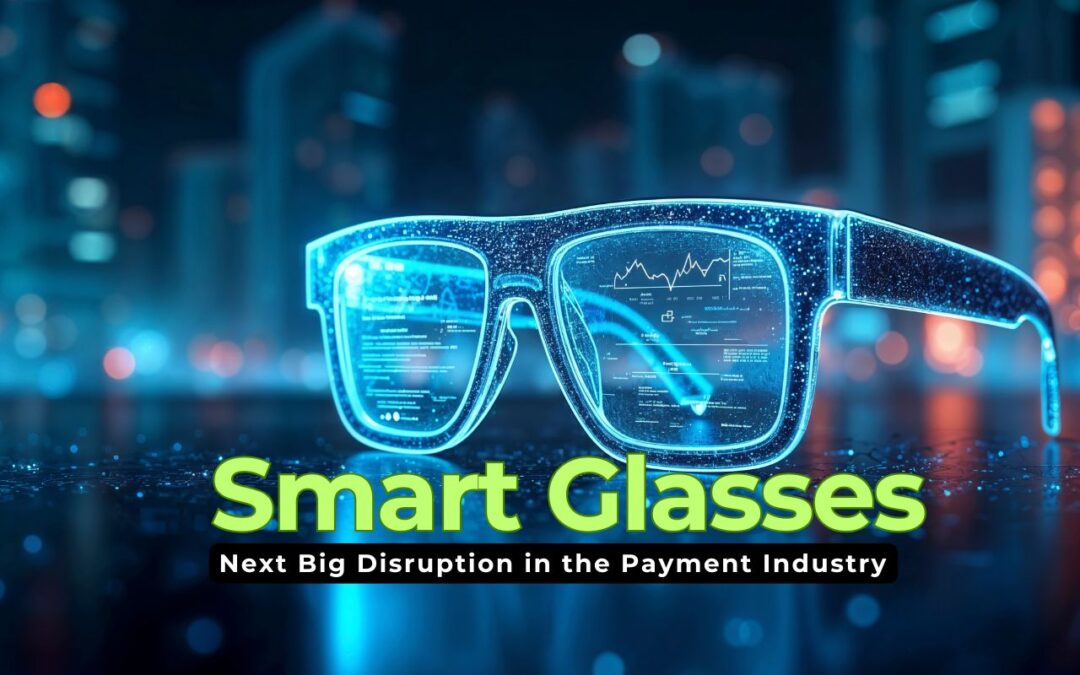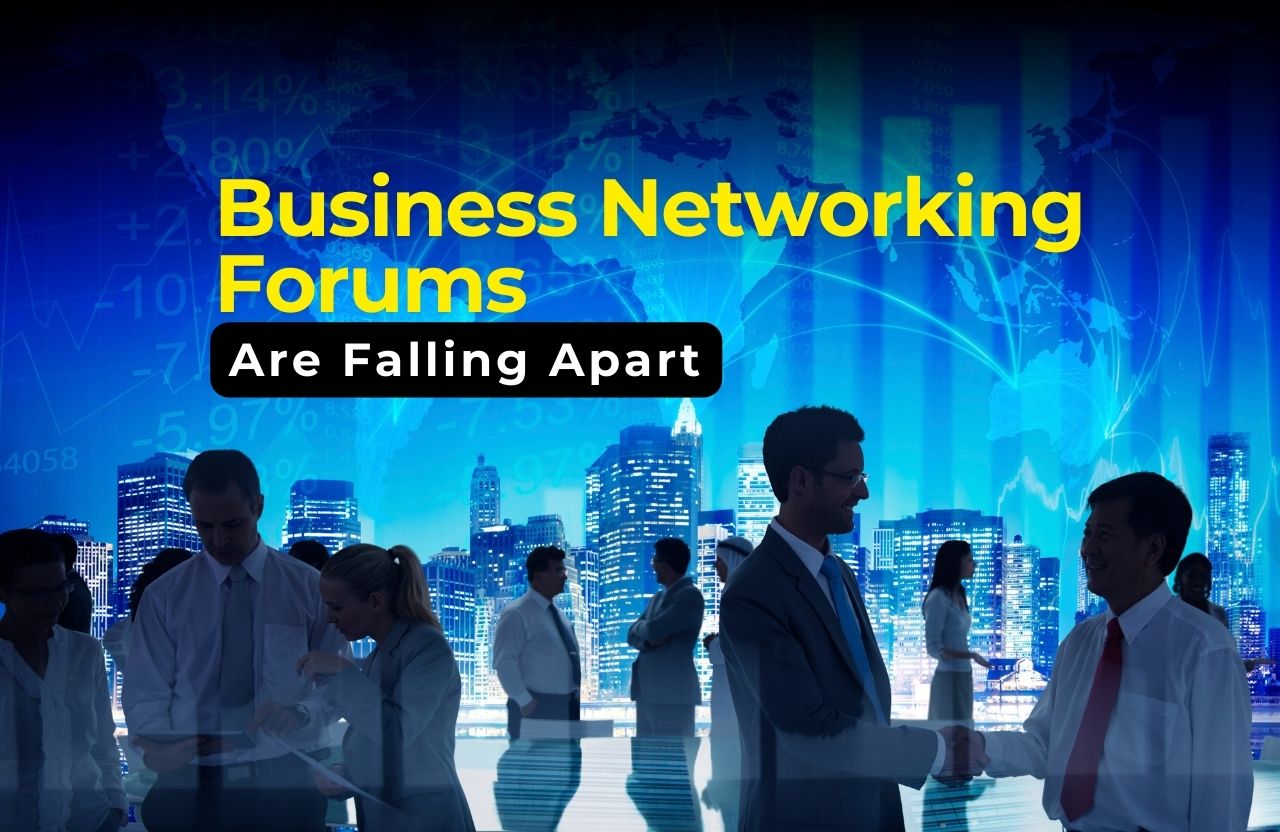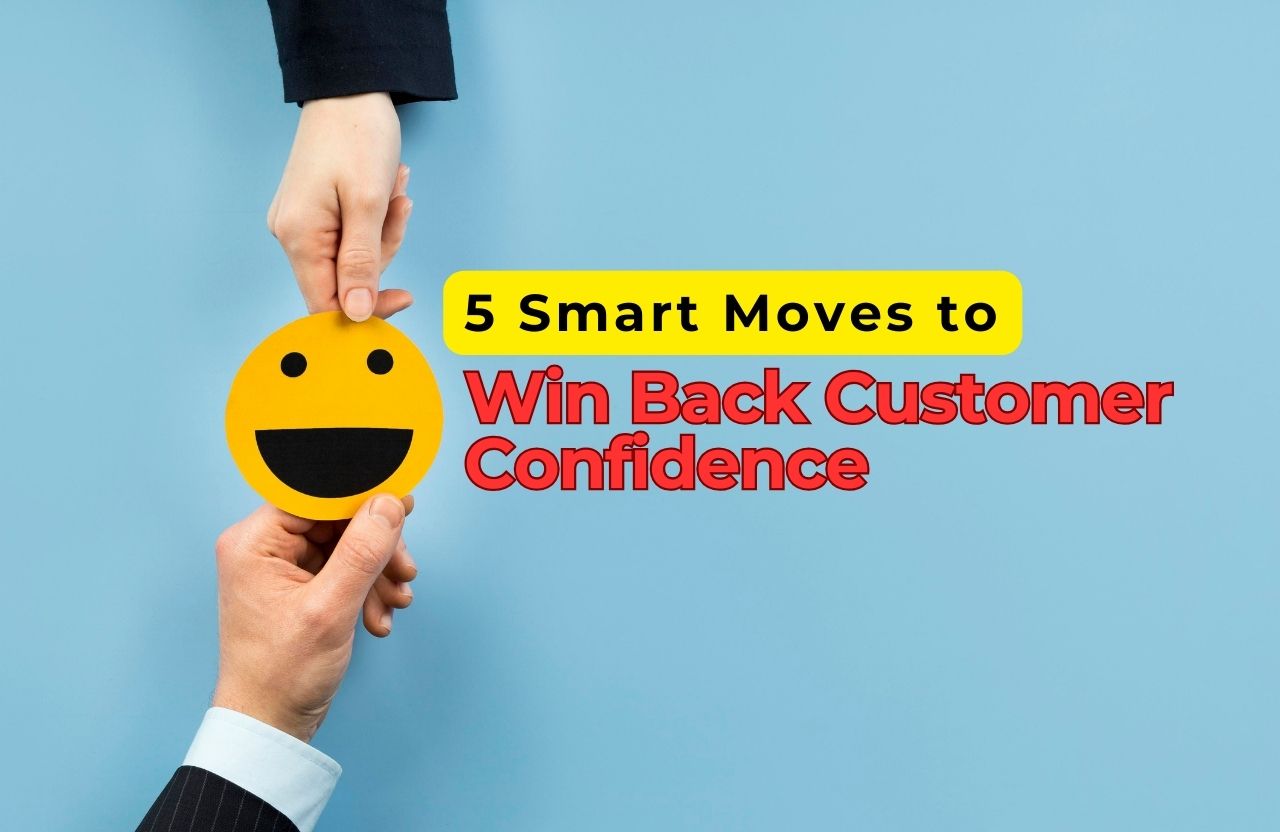In today’s rapidly evolving digital economy, the way we pay for things has changed drastically. From cash and checks to credit cards and mobile wallets, the payment landscape has consistently been transformed by technological advancements. But what if the next big innovation doesn’t fit in your wallet or your phone — but on your face? Welcome to the era of smart glasses — a potential game-changer for how we transact, interact, and experience commerce.
The idea of using smart glasses for payments may sound futuristic, but the foundation is already here. As wearable technology becomes more sophisticated and integrated into our daily lives, smart glasses are poised to redefine not just vision, but financial interaction in real-time environments.
Let’s take a deep dive into how and why smart glasses could be the next major disruption in the payment industry — and what it means for consumers, businesses, and the economy as a whole.
The Evolution of Payment Technologies: A Quick Recap
To appreciate the significance of this innovation, it’s helpful to reflect on how far we’ve come. Cash ruled for centuries before giving way to checks. Then came credit and debit cards, which remained dominant for decades until mobile payments and digital wallets emerged. Each wave brought greater convenience, speed, and security — and also opened new doors for innovation.
With the rise of biometric authentication, near-field communication (NFC), and contactless solutions, the trend is clear: payments are becoming increasingly seamless and integrated into everyday activities. The goal is not just to make payments easier, but to make them almost invisible — to the point where the user hardly feels the transaction happening.
That’s exactly where smart glasses come into play.
What Makes Smart Glasses a Disruptive Technology?
A disruptive technology isn’t merely an upgrade — it changes behavior, habits, and entire industries. Smart glasses have the potential to be that kind of disruptor for the payments sector because they blend augmented reality (AR), hands-free functionality, real-time data, and contextual intelligence into a single wearable device.
Imagine walking into a store, looking at a product, and instantly seeing the price, reviews, or even comparing it with online deals — without lifting your phone. Now, take it a step further: you make the purchase simply by gazing at a “Buy Now” hologram or speaking a short command.
No card swipes. No phone taps. No PIN codes. Just a fluid, immersive shopping experience.
The Payment Possibilities with Smart Glasses
Here are several innovative ways smart glasses could revolutionize payment interactions:
1. Gesture-Based Transactions
With built-in sensors and eye-tracking technology, smart glasses can detect where you’re looking and allow for gesture-based commands. Picture nodding to approve a payment, blinking twice to cancel, or swiping in mid-air to browse offers and coupons.
2. Voice-Activated Payments
Voice technology is already being used in homes and phones. With smart glasses, you could initiate a payment by simply saying, “Pay now” or “Confirm purchase,” all without reaching for your phone or touching a terminal.
3. Facial Recognition and Biometric Security
One of the biggest barriers to frictionless payments is security. Smart glasses equipped with facial recognition and retina scanning could authenticate users in real-time, ensuring secure access to payment features.
4. Augmented Reality Shopping
AR capabilities would allow users to see virtual storefronts, promotions, and product information overlayed on the physical world. Think of walking down the street and being notified — visually — of a discount at your favorite store, then buying it right then and there with a simple command.
5. Seamless Peer-to-Peer Transactions
Paying a friend or splitting a bill at dinner could be as easy as looking at their face and saying, “Send $20.” No app switching. No QR code scanning. Just intuitive, human-centered interaction.
Consumer Behavior and the Demand for Convenience
Convenience is king. According to global surveys, more than 80% of consumers say they prefer businesses that offer convenient digital experiences. The younger generation — especially Millennials and Gen Z — are leading the charge in demanding smarter, faster, and more seamless transaction experiences.
The wearable market, particularly for smart glasses, is projected to reach hundreds of millions of units sold annually in the next decade. If even a fraction of those users begin to use glasses for payments, we could be looking at a multi-billion-dollar segment of the fintech market being created almost overnight.
The Power of Hands-Free Commerce
In high-paced or high-contact environments like cooking, construction, healthcare, or retail, the ability to make payments without stopping to pull out a device can be transformative. Smart glasses enable a completely hands-free experience — a feature that is more than convenience, it’s a necessity in some industries.
For instance, a nurse could reorder medical supplies by simply viewing the item and confirming the purchase with a verbal command — all while attending to a patient. Or a warehouse worker could log purchases for inventory without leaving the floor.
Privacy, Security, and Ethical Concerns
Of course, innovation comes with challenges. Payment through smart glasses raises legitimate concerns around:
- Data privacy: What information is being collected through the glasses?
- Security vulnerabilities: Can transactions be spoofed or intercepted?
- Surveillance fears: Are consumers unknowingly tracked?
Regulatory frameworks will need to evolve alongside the technology. It will be crucial for developers to build secure-by-design platforms that protect user data, encrypt all payment activities, and make opt-in permissions transparent and easy to manage.
Business Implications and Opportunities
For businesses, the integration of smart glasses in payment processing presents opportunities far beyond faster checkouts. Here are a few possibilities:
a. Personalized Advertising in Real Time
Smart glasses can deliver ads based on where the user is looking, their purchase history, or even the time of day — creating a new era of hyper-personalized marketing.
b. Loyalty Program Integration
Instead of fumbling for a rewards card, customers could receive and redeem loyalty points automatically just by completing a transaction with their glasses.
c. Enhanced In-Store Analytics
Retailers could analyze gaze patterns and purchase behavior to optimize store layouts, shelf placement, and product pricing — all in real-time.
Global Adoption Potential
Different regions will adopt this technology at varying speeds. In digitally mature economies, we may see smart glasses payments integrated into daily life within a few short years. Urban centers that already embrace mobile payments could be early adopters.
Emerging markets may lag behind, not because of interest, but due to infrastructure. However, as the cost of manufacturing decreases and wearable tech becomes more affordable, global scalability is inevitable.
A global survey reported that more than 50% of consumers are willing to try wearable payments if they offer greater security and convenience. That’s a strong signal that the demand already exists — now it’s just a matter of execution.
Future Outlook: Beyond Transactions
Smart glasses won’t just be a payment tool; they will likely become multi-functional commerce platforms. Here’s a speculative look at the near future:
- AI-powered shopping assistants that help you compare prices in real-time.
- Virtual try-on experiences where you can see how clothes, makeup, or furniture looks before buying.
- Live customer support that appears as a hologram when you need help in-store.
As these capabilities evolve, the very definition of a “transaction” may change. Payment will no longer be a separate act — it will become part of a seamless flow of experience, engagement, and decision-making.
Final Thoughts: Are We Ready?
The idea of paying through smart glasses may sound like science fiction, but so did online banking, contactless cards, or face unlocks not long ago. The truth is, every major payment disruption started with skepticism — and was fueled by early adopters willing to embrace change.
Smart glasses bring us closer to the ideal of invisible payments — where the transaction becomes so natural and embedded in our behavior that we hardly notice it. For consumers, this means greater convenience. For businesses, it opens doors to more data-driven engagement. For society, it’s a step toward a more integrated, intuitive digital world.
The payment industry is not just about how money moves. It’s about how people interact with value. Smart glasses may just be the lens through which we view — and manage — that value in the years to come.













